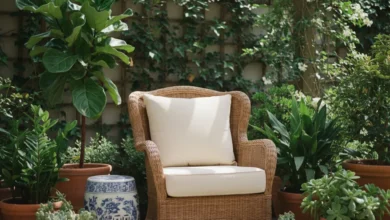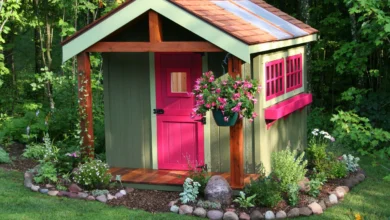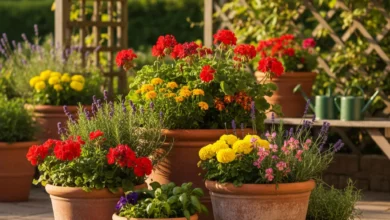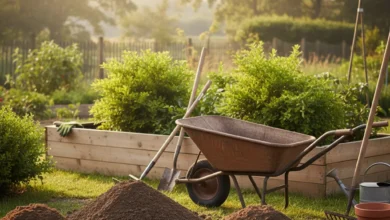Master Your Harvest with the grow a garden calculkator
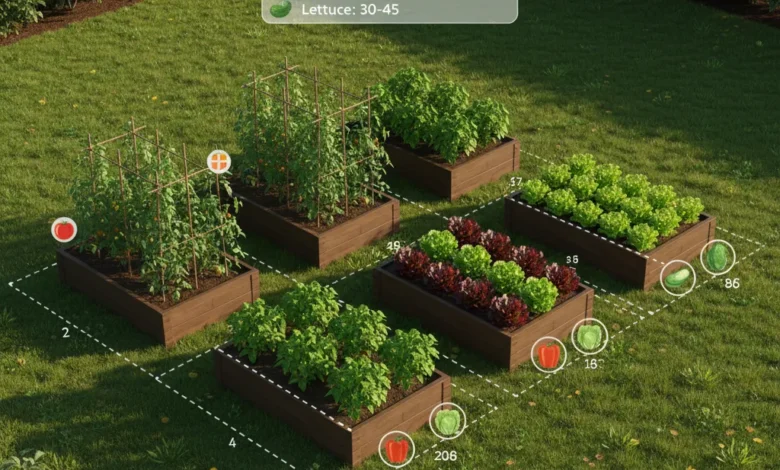
If you’ve ever tried starting a garden, you know it’s not as simple as planting a few seeds and waiting for them to sprout. Gardeners—whether beginners or seasoned—often face the same problems: how much space do I need, how many plants can I fit, what will it cost, and how much can I expect to harvest? That’s where the grow a garden calculkator comes in. Think of it as your gardening assistant—quick, precise, and designed to take the guesswork out of planning.
In this guide, I’ll walk you through everything you’d want to know about it in a natural Q&A flow, just like we’re having a phone conversation.
Table of contents
- What Exactly Is a grow a garden calculkator?
- How Does a Grow a garden calculkator Work in Practice?
- Why Is Grow a Garden Calculator So Important Today?
- Who Should Use Grow a Garden Calculator?
- Can Grow a Garden Calculator Save Me Money?
- Does grow a garden calculkator Help with Sustainability?
- How Reliable Are the Results?
- What’s Future of Grow a garden calculkator?
- Conclusion
- FAQs
What Exactly Is a grow a garden calculkator?
A grow a garden calculkator is a planning tool that helps gardeners figure out the most efficient way to design their garden. Instead of guessing how many tomato plants can fit in a raised bed or whether carrots and lettuce can grow side by side, this tool does the math for you.
At its core, it combines data on plant spacing, soil needs, light requirements, and potential yields. Some calculators are simple and text-based, while others are interactive online tools where you input your garden size and crop preferences. Either way, the goal is the same—turn gardening into a manageable, productive, and enjoyable process.
How Does a Grow a garden calculkator Work in Practice?
Picture this: you’ve got a 10×10-foot plot. You’re thinking of growing tomatoes, cucumbers, peppers, and lettuce. Instead of pulling numbers out of thin air, you enter those details into the calculator. Here’s what it does:
- Analyzes your space – It calculates the area available and divides it into zones for different crops.
- Applies plant spacing rules – For example, a tomato plant might need 2 square feet, while lettuce needs much less.
- Estimates yields – It projects how many pounds or bunches you can expect at harvest.
- Factors in succession planting – Some calculators even show you how to rotate crops for multiple harvests per season.
It’s like having a digital garden coach whispering: “Yes, you can fit 12 tomato plants here, but if you want more variety, cut back to eight and add peppers.”
Why Is Grow a Garden Calculator So Important Today?
We live in a world where efficiency matters more than ever. Whether you’re gardening to save money, eat healthier, or reduce your carbon footprint, maximizing your space is critical. A grow a garden calculator ensures you don’t waste resources.
Think about it seeds, soil, compost, fertilizer they all cost money. If you overplant or crowd your crops, you’ll end up with stunted growth and wasted effort. If you underplant, you miss out on potential harvests. By balancing these factors, the calculator helps you strike the sweet spot between effort and reward.
Who Should Use Grow a Garden Calculator?
This tool isn’t just for hobby gardeners. Here’s where it shines:
- Beginners who feel overwhelmed by garden planning.
- Families trying to cut grocery costs with homegrown produce.
- Urban gardeners making the most of balcony or rooftop spaces.
- Schools that use gardening as part of hands-on learning.
- Community projects where planning efficiency directly impacts how many people are fed.
The calculator essentially democratizes gardening it gives everyone the knowledge that used to be locked in gardening books or handed down by experience.
Can Grow a Garden Calculator Save Me Money?
Without a plan, many people overspend on seeds, tools, and amendments. They might buy more than they need or plant in ways that lead to crop failure. A grow a garden calculkator prevents that by giving you accurate estimates. It’s a lot like meal planning—when you know exactly what you’re cooking for the week, you shop smarter. Similarly, when you know what fits in your garden, you buy smarter.
For example, instead of buying ten packets of seeds, you might realize you only need three. Instead of splurging on extra fertilizer, you’ll know how much soil amendment your planned crops actually need.
Does grow a garden calculkator Help with Sustainability?
Absolutely. Gardening today isn’t just about fresh produce; it’s also about reducing waste and caring for the planet. A grow a garden calculkator minimizes overplanting, which means fewer resources wasted on seeds, water, and soil amendments.
It also encourages crop rotation planning, which maintains soil health and reduces reliance on chemical fertilizers. By planning ahead, you can create a garden that not only feeds you but also builds a healthier environment.
How Reliable Are the Results?
Here’s where we need to be realistic. A grow a garden calculator is only as accurate as the data you put in and the conditions you face. Weather, pests, and soil quality can all affect outcomes.
But here’s the good news: most calculators base their estimates on established agricultural data. They don’t guarantee perfect results, but they do give you a strong baseline. Think of it like GPS—you still need to drive, but at least you won’t get lost.
What’s Future of Grow a garden calculkator?
Technology is moving fast. Today’s calculators are simple online tools, but the future likely includes mobile apps that integrate with weather forecasts, soil sensors, and even AI-based yield predictions. Imagine a tool that not only tells you how many tomato plants fit but also warns you of an upcoming drought or pest outbreak.
The grow a garden calculator is evolving from a planning tool into a full-fledged smart gardening assistant.
Conclusion
If you care about making the most of your garden whether it’s a few containers on your balcony or a full backyard plot the answer is yes. It saves time, cuts costs, boosts yields, and makes the whole gardening experience less stressful.
Think of it as your garden’s blueprint. Without one, you’re guessing. With one, you’re gardening with intention. And in today’s world, intentional gardening is the difference between frustration and fulfillment.
FAQs
Q1: Is a grow a garden calculkator hard to use?
Not at all. Most are user-friendly—just enter your space and crops, and the tool does the rest.
Q2: Can a grow a garden calculkator be used for container gardening?
Yes. Many calculators allow you to enter pot dimensions and suggest what fits best.
Q3: How accurate is a grow a garden calculator in predicting harvests?
It gives close estimates based on plant science, though weather and pests can still affect yields.
Q4: Do I need gardening experience to benefit from a grow a garden calculator?
No. In fact, beginners gain the most since it removes the uncertainty of garden planning.
Q5: Is a grow a garden calculator useful for large-scale gardening?
Yes. While often designed for small gardens, it can scale up to community plots and small farms.


